Bidens pilosa
Bidens pilosa
1. The products in our compound library are selected from thousands of unique natural products; 2. It has the characteristics of diverse structure, diverse sources and wide coverage of activities; 3. Provide information on the activity of products from major journals, patents and research reports around the world, providing theoretical direction and research basis for further research and screening; 4. Free combination according to the type, source, target and disease of natural product; 5. The compound powder is placed in a covered tube and then discharged into a 10 x 10 cryostat; 6. Transport in ice pack or dry ice pack. Please store it at -20 °C as soon as possible after receiving the product, and use it as soon as possible after opening.
Natural products/compounds from Bidens pilosa
- Cat.No. Product Name CAS Number COA
-
BCN1668
Gallic acid149-91-7
Instructions
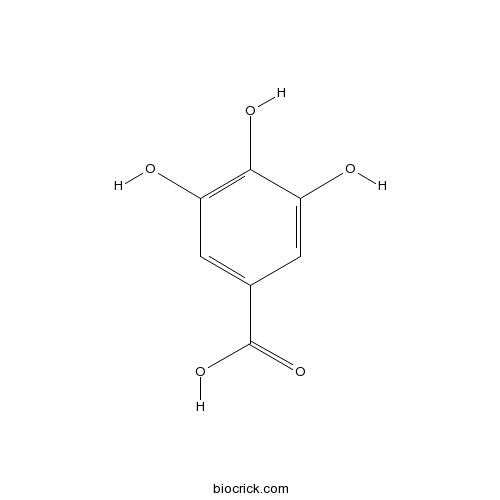
-
BCN5979
Caffeic acid331-39-5
Instructions
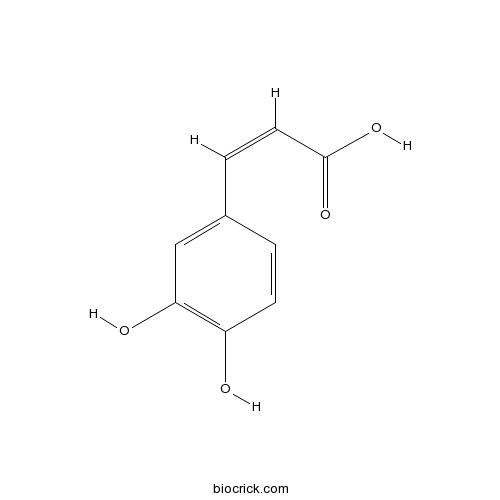
-
BCN5569
Isoquercitrin482-35-9
Instructions
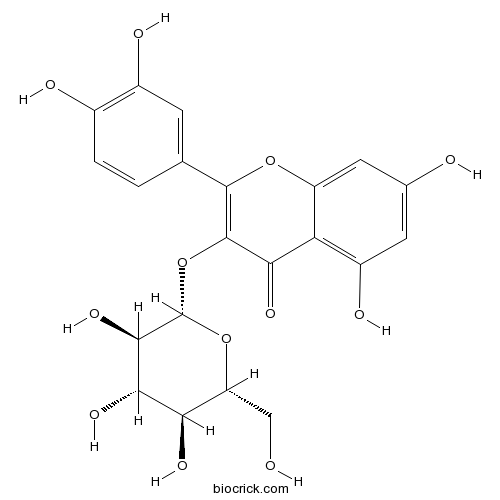
-
BCN5592
Butein487-52-5
Instructions
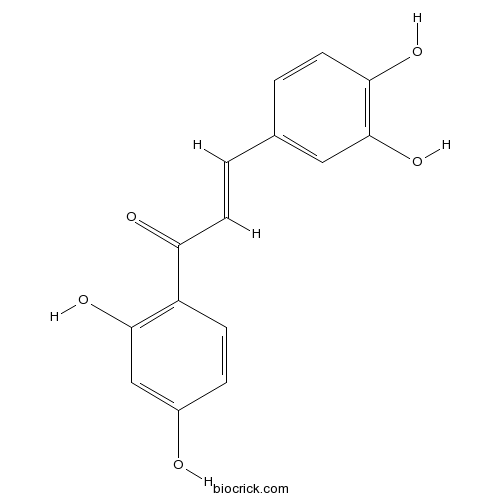
-
BCN5600
Luteolin491-70-3
Instructions
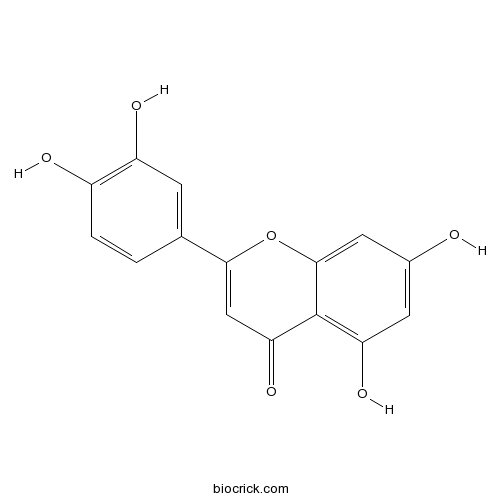
-
BCN5653
Kaempferol520-18-3
Instructions
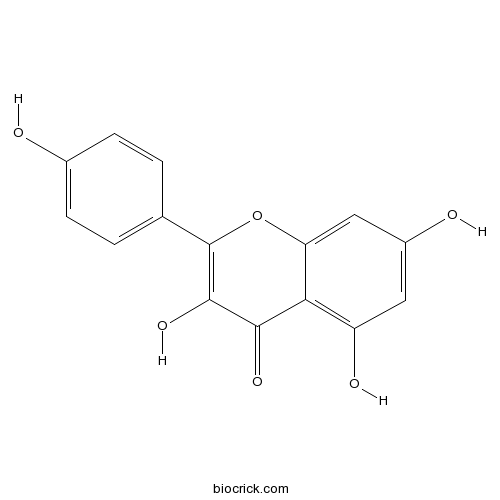
-
BCN2356
Diosmetin520-34-3
Instructions

-
BCN5658
Apigenin520-36-5
Instructions

-
BCN5904
Esculin531-75-9
Instructions
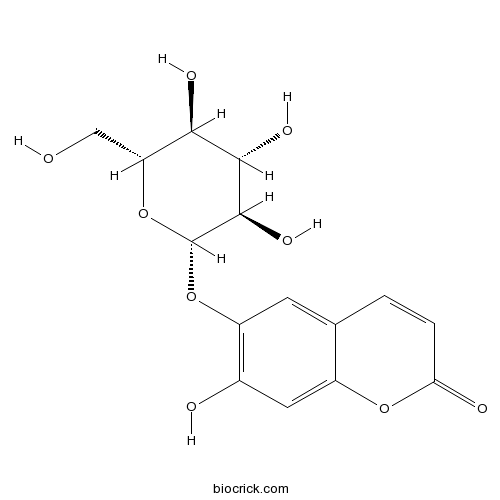
-
BCN6332
Licochalcone A58749-22-7
Instructions

-
BCN2205
D-Mannitol69-65-8
Instructions

-
BCC4109
Salicylic acid69-72-7
Instructions

-
BCN4512
Isoliquiritigenin961-29-5
Instructions
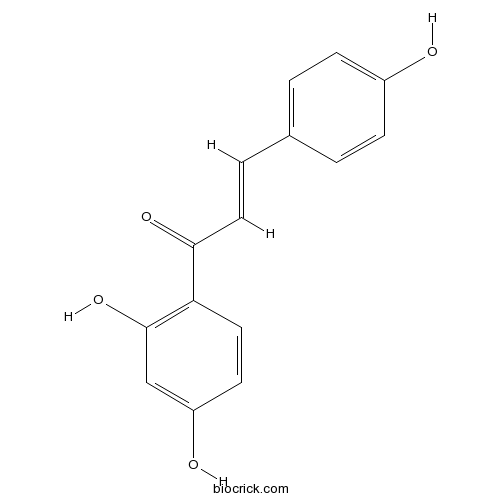
Asterid Ray Floret Traits Predict the Likelihood of Florivory by the Polyphagous Katydid, Phaneroptera brevis (Orthoptera: Phaneropterinae).[Pubmed: 30085192]
Insect-flower visitation is crucial for many angiosperms because insects can facilitate pollination. Floral traits can attract pollinators so studying how they correlate with insect-flower visitation can elucidate how insects and plants interact and coevolve. However, there are few studies on how floral traits correlate with florivory. Not all floral traits that predict attractiveness of flowers to pollinators are applicable for florivory because they may not necessarily reflect the palatability of the flower parts. Leaf functional traits have been studied extensively to predict herbivory, but we are not aware of studies that adopt such leaf traits in florivory. We addressed these limitations by investigating the research questions: 1) How do floral traits differ among different species? 2) How do the floral traits predict the likelihood of florivory? We measured 10 floral traits, including adopting common leaf traits associated with herbivory (e.g., specific leaf area and leaf dry matter content), among three Asteraceae species: Bidens pilosa L., Sphagneticola trilobata (L.) Pruski, and Tridax procumbens L. We then performed the cafeteria assay using a polyphagous floriphilic katydid, Phaneroptera brevis (Serville 1838). We found that ray floret dry matter content correlates negatively with the likelihood of florivory of the asterid ray floret, whereas the total biomass of the ray floret correlates positively with the likelihood of florivory of the entire capitulum. The specific ray floret area also correlates nonlinearly with the likelihood of florivory of the asterid ray florets. We believe that these florivory traits can be applied to the flowers of other species.
Randomized clinical trial of a mucoadhesive formulation containing curcuminoids (Zingiberaceae) and Bidens pilosa Linn (Asteraceae) extract (FITOPROT) for prevention and treatment of oral mucositis - phase I study.[Pubmed: 29906455]
Preclinical repeated-dose toxicity and efficiency studies developed by our group suggest the potential of FITOPROT in treating mucositis. This serious limiting side effect is observed at a rate of 40-100% in patients under antineoplastic therapy and despite different palliative measures and therapeutic agents have been investigated, still no therapy was completely successful. Therefore, this study aimed to establish the safety and recommended phase II dose of FITOPROT for the prevention and treatment of chemoradiotherapy-induced oral mucositis (OM) in patients with head and neck cancer. Twenty healthy adult participants were randomized into two groups that received pre-established concentrations of the collutory: group 1 (FITOPROT A - mucoadhesive formulation containing 10 mg/mL of curcuminoids extract plus 20% v/v of Bidens pilosa L. extract) and group 2 (FITOPROT B - mucoadhesive formulation containing 20 mg/mL of curcuminoids extract, plus 40% v/v of Bidens pilosa L. extract). Participants rinsed their mouths with FITOPROT, three times daily, for ten consecutive days. No participant experienced toxicity or unacceptable discomfort and/or adverse reactions (CTCAE v5.0), with laboratory and clinical parameters under normal conditions. Side effects observed were low intensity and temporary mucosa/dental surface pigmentation (n = 7) and tooth sensitivity (n = 4), which disappeared after formulation use ceased. No significant cellular genotoxic effects were observed (p > 0.05), and micronuclei frequencies were not changed (p > 0.05). Biochemical assays reveled no altered levels of myeloperoxidase (p = 0.2268), malondialdehyde (p = 0.1188) nor nitric oxide (p = 0.5709) concentration, and no significant difference were found in the levels of pro-inflammatory cytokines (p > 0.05). Thus, FITOPROT demonstrated to be safe and tolerable in both tested doses and is suitable for evaluation in a phase II trial as treatment against OM.
Consistent Between-Individual Differences in Foraging Performance in a Floriphilic Katydid in Response to Different Choices.[Pubmed: 29878088]
The neural constraint hypothesis is one of the central ideas for the understanding of insect-plant interaction but there are still knowledge gaps in the data for foraging behavior and the performance of herbivores, and particularly florivores. We used a floriphilic katydid, Phaneroptera brevis (Serville, 1838) (Orthoptera: Tettigoniidae) and a naturalized weed, Bidens pilosa L. (Asteraceae) in caged experiments in an insectary to answer these questions: 1) How does the foraging performance of the floriphilic katydid vary when exposed to a choice in the number of capitula and types of florets of B. pilosa? 2) Does the foraging performance of the katydid, when exposed to multiple choices, improve with time, and are between-individual differences in foraging performance consistent? We observed that having more choices in the floret types and number of capitula is generally associated with a reduced foraging performance of the katydids. Floret types and number of capitula, however, did not have an interactive effect on foraging performance. We also found that the differences in foraging performance in response to choice tend to be consistent between katydids but each katydid became more efficient and decisive over time. That learning and experience can improve the foraging performance of the katydid has provided us with some insights as to how a continuum of efficient and inefficient katydids can be maintained in a population.
Antibacterial activity and in situ efficacy of Bidens pilosa Linn and Dichrostachys cinerea Wight et Arn extracts against common diarrhoea-causing waterborne bacteria.[Pubmed: 29859076]
Bidens pilosa and Dichrostachys cinerea extracts were investigated for the antibacterial properties against waterborne diarrhoeagenic bacteria.


